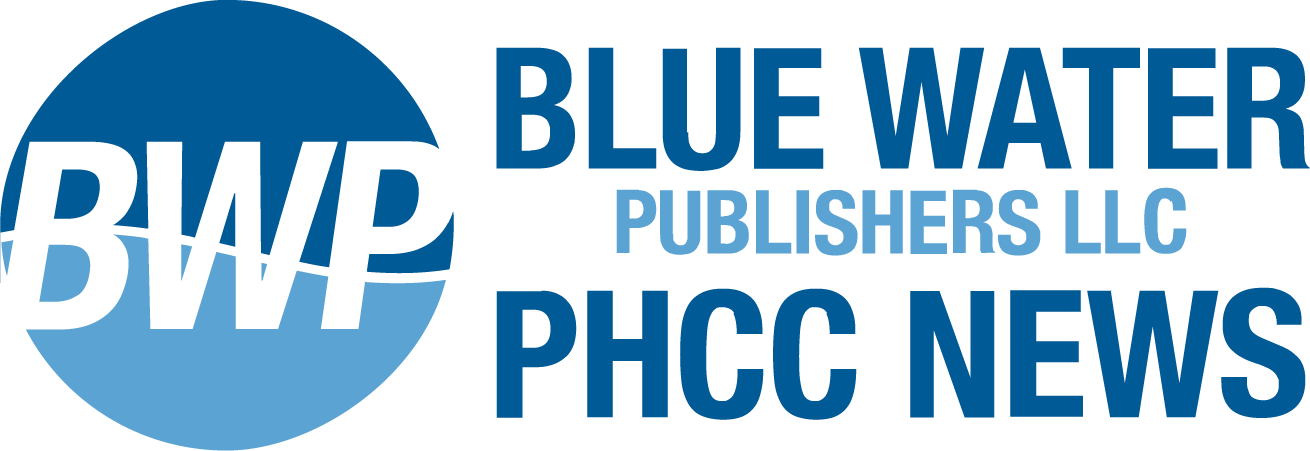The U.S. boiler market is expected to reach $4.4 billion by 2025 which represents a 3.3% increase since 2018. Driving this are customer demands and government requirements for higher efficiencies, operating flexibility, and reduced emissions. Considerable growth is expected in the condensing residential boiler industry.
“The boiler market in 2021 appears to be continuing on the strong sales trajectory that was established going into the 4th quarter of 2020,” said Mike Hook, marketing communications manager for U.S. Boiler. “A portion of that is due to installers catching up on the installations that they had to schedule out due to the backlog created at the beginning of the pandemic. Another factor is that people are spending more time in their homes now and are more aware of how their heating systems are performing day-to-day. It’s a bit too early to see how all of this will pan out for 2022, but our indicators are suggesting that this upward trend will continue. One of the ongoing factors will be that the first generation of condensing boilers are at/approaching their time for replacement.”
John Kopf, product manager for Navien, noted the boiler market general outlook is very positive. “The main focus will be on energy savings, improved comfort, reliability and smart controls,” he said. “The overall trend is for the condensing boiler market to grow at the expense of the non-condensing boiler market and it’s driven by the higher costs of energy and also environmental concerns. The number of condensing boiler models has been growing each and every year as more manufacturers introduce new products. The demand has been driven by both the high utility rates and presence of local utility rebates.”
Wireless, Smart, Building Automation Having an Impact
“Electronic intelligence and communications in boiler controls continue to evolve to support building management systems and reduce maintenance time, costs and energy consumption,” said Dave Hansen, product marketing manager at U.S. Boiler. “Similar technologies are slowly being adopted for light commercial and residential applications tied to highly functional iOS and Android applications for remote smart phone use and offsite data collection.
“New and rich information is literally making HVAC installations more visible and accessible,” he said. “Technical troubleshooting and problem solving is breaking free of dark basements for quicker, more collaborative solutions. Residential boiler combustion analysis and calibration are also evolving from mechanical adjustments to electronic control software. These advances increase installation accuracy, flexibility and scalability that satisfies customers faster and inexpensively. All this technology makes privacy and security a higher priority.”
Kopf outlined trends in smart controls, including:
- “Ability to monitor equipment using either BMS systems on the commercial side or mobile applications on the residential side. BACnet, Modbus and to a certain extent, LonWorks are gaining momentum in the commercial market. 0-10VDC and 4/20Ma input/output signals are also becoming popular among new boiler features for commercial installations. Residential customers accustomed to using their phones to control their homes, expect boiler manufacturers to offer similar solutions for their products.
- Larger touch color displays with enhanced user intuitive navigation and setup wizard guiding installers through the initial unit startup process are quickly becoming part of standard boiler features.
- Wireless components such as sensors, thermostats and zone controls contribute to quicker installation and lower first cost.
- Last but not least, onboard diagnostics and ability to remotely troubleshoot equipment are being considered one of the most important control features allowing contractors to reduce their time spent in fixing equipment and ensure they come prepared with proper tools and replacement parts.”
Boiler Installation Times a Concern for Homeowners and Installers
“In order to reduce the possibility of exposure to COVID-19, the amount of time that is required for an installer to perform a complete installation of a new boiler, or service an existing boiler, is a consideration for all involved,” Hook said. “Many professional installers recognized this prior to the heating season and took the opportunity to participate in the online training programs that manufacturers were offering during spring and summer. As for the manufacturers themselves, being able to provide products that can be installed readily, without extensive set-up times, is of paramount importance. These services are still critical, perhaps even more so now, as people are spending more time at home than ever before.”
In the foreseeable future …
“High-efficiency condensing technology will slowly advance performance and efficiency, while usability and convenience will advance more quickly,” Hansen said. “Enviro-political changes could affect HVAC technology more than any organic development underway (as of January 2021).”
“We can safely say that the boiler industry will continue seeing more developments in controls, wireless components, gas adaptive technology, advanced large touch displays, and continuously improving remote access and connectivity,” Kopf said. “The market will see continuous increase in wall-hung condensing boilers, especially combi-boilers, with the sales of floor-mounted condensing boilers shifting to commercial applications. The commercial market, however, is predicted to recover slower than residential due to impact of COVID-19 and less demand for office space.
“Another interesting trend is the use of heat exchanger materials. Unlike in Europe, aluminum for heat exchangers have not been well received in North America. Cast iron heat exchangers are mainly used for non-condensing boilers and the stainless steel heat exchangers seem to be the preferred choice for condensing boilers. The boilers featuring copper heat exchangers seem to be limited to the non-condensing boiler market.
“The replacement market will continue to be the main target for boilers for many years to come with the new construction using boilers mainly for high-end custom homes,” Kopf said. “We also predict that the commercial incentives will continue to outweigh incentives offered to residential customers but both will continue being available in the near future.”
A Push for Electrification
“We continue seeing an increased push for electrification as one way to deal with de-carbonization,” Kopf said. “For example, California is considering a statewide ban on natural gas heat and hot water solutions in new homes. The code update is expected to take effect in 2023. This led to a recent increase in development of electric heat and hot water heat pumps. In Canada, all space heating and water heating equipment is expected to transition to heat pump technology by 2035. Vancouver has a 2025 target for no greenhouse gas emissions in buildings and Toronto has a similar target to achieve by 2050.”

